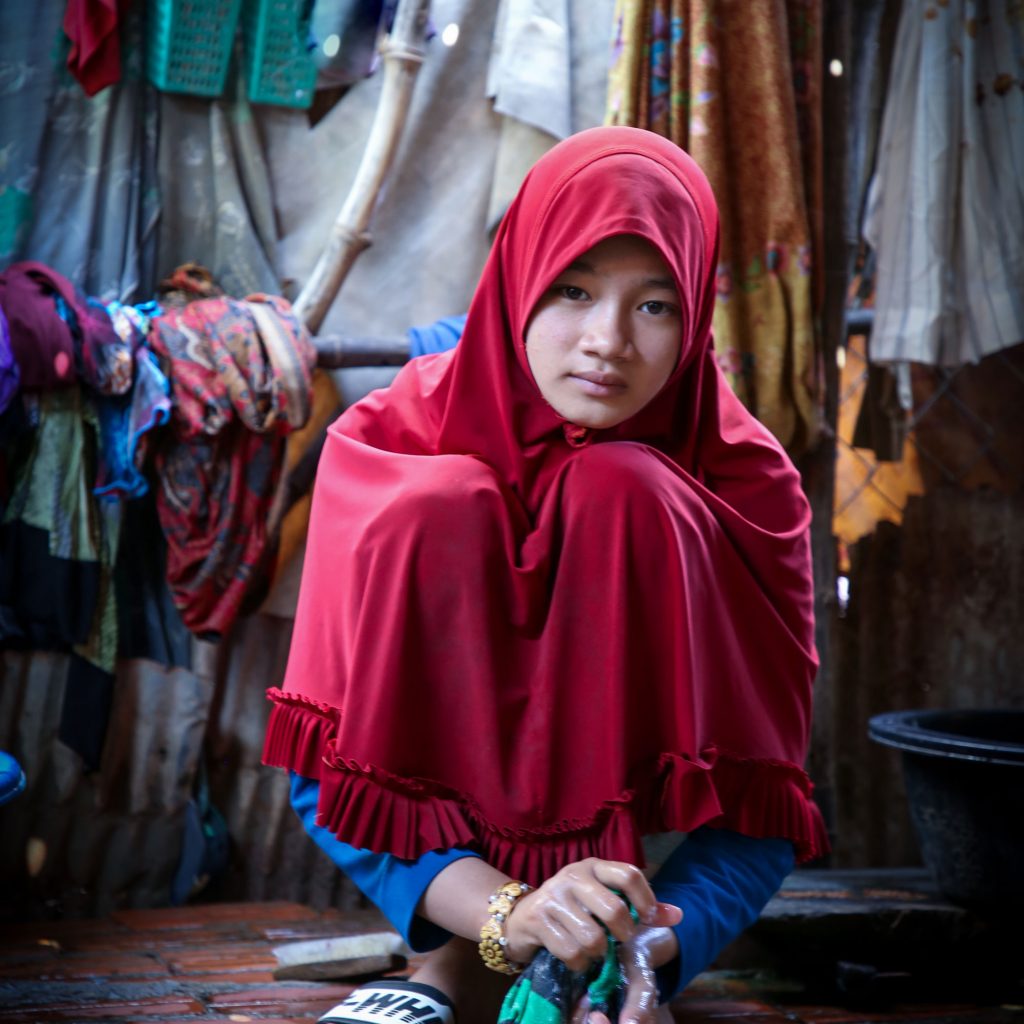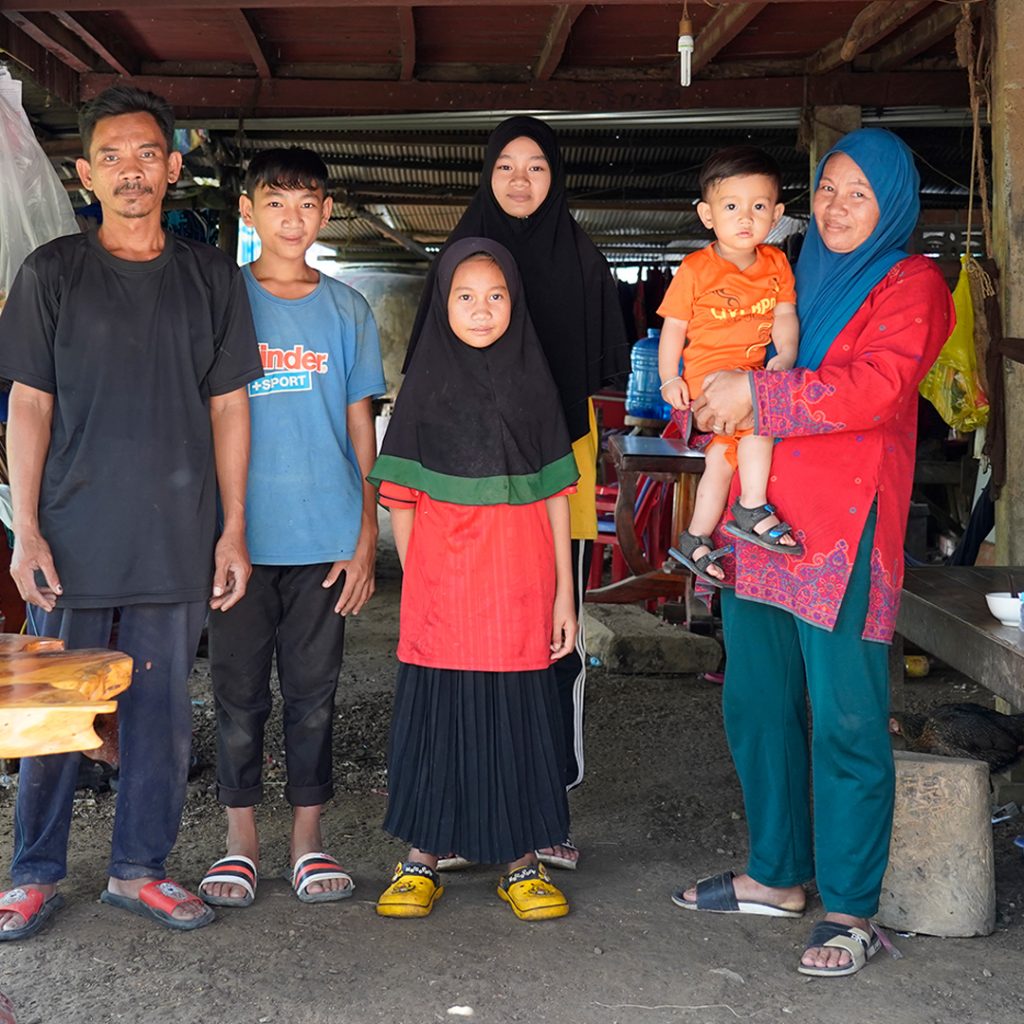Millions of children in developing communities are deprived of the opportunity to learn and build a better future.
Unfortunately, girls are at greater risk of missing out on an education. Girls and young women are more likely to be forced into early marriage, and poverty can mean that parents prioritise the education of their sons over their daughters.
According to the UNESCO Institute for Statistics, “for every 100 boys of primary school age out of school, there are 123 girls denied the right to education.”
On top of existing barriers to education, school closures and unemployment due to COVID-19 have also put girls’ education at risk.
When a girl drops out of school, the consequences are dire
Girls who do not finish school are often forced into marrying before they’re physically and emotionally ready. They are also more likely to fall pregnant at a young age, face gender or sexual violence, and lack the knowledge and tools needed to raise their own children.
But life doesn’t have to look like this for millions of girls around the world.
Education can open up a world of opportunities and help them break the cycle of disadvantage.
Girls who finish school can earn better incomes, support their families, and lead a healthier life. Education gives them a voice in decisions that affect them.
Here are 5 ways to improve girls’ education in developing countries.
5 ways we can improve girls’ education
1. Give girls the financial support and resources they need to stay in school

Poverty is one of the greatest barriers to girls’ education in developing communities. Keeping girls at home to undertake domestic chores – like cooking, cleaning, babysitting or fetching water and firewood – can be seen as a better use of their capabilities.
Working-poor parents may only be able to cover the costs of education for some, not all, of their children to school. In many instances, the education of boys is prioritised.
But there is a solution to this challenge. With enough resources and support, girls can return to the school and build a better future for themselves, and the generation to come.
Education sponsorship is a really valuable way to send a girl to school while also reducing the financial burden on her family.
How you can help: Your donation can support girls with the resources they need to stay in school.
2. Create infrastructure to make education more easily accessible
Build infrastructure to make education accessible. To access quality education, many students have to travel long distances. Parents worry about the dangers this presents for their daughters. But you can help to improve under-resourced village schools by improving the school infrastructure and learning environment.
How you can help: Donate a classroom from our Gifts for Good catalogue and you’ll provide a safe learning environment for students in a community where we work.
3. Lack of sanitation facilities in school
The lack of clean water and sanitation facilities in schools is a big barrier to girls’ education. Girls may feel forced to stay home while menstruating because they lack private, clean facilities at school.
Poor menstrual hygiene can also expose girls to infections and diseases.
How you can help: Donate a hand washing station to improve hygiene in a community where we work.
4. Educate families about the benefits of sending girls to school

The COVID-19 pandemic has resulted in unemployment for millions of people around the globe, many living in countries with no social safety net. As families struggle to find work, many girls have taken on adult responsibilities at home, caring for siblings and undertaking household chores, while their parents look for jobs.
Without internet access, or the time for independent study, female students are falling behind and losing their confidence.
Without the right awareness and support, girls in developing communities are at great risk of never returning to the classroom once the COVID-19 crisis comes to an end. This means they lose a vital opportunity to finish their education and break the cycle of poverty.
How you can help: Fund annual school counselling support to 30 parents and children through home visits with a one-time donation of $300.
5. Create awareness about the risks associated with child marriage
Being forced to marry or starting a family before a girl is physically and emotionally ready can bring an abrupt end to her educational journey.
Teachers, parents and community leaders can play an important role in ending child marriage. But only if they understand the risks. Alongside community education, helping disadvantaged families increase their household income can enable them to fund their childrens’ education.
How you can help: Your donation today can help girls stay in school and reach their potential.
Girls’ education has reached a critical point
Right now, the education of 11 million girls globally is under threat because of COVID-19. This will have dire consequences on their lives and communities.
By donating to ChildFund’s efforts to break down the barriers to education, you can play a vital role in helping a girl finish school and have a brighter future. Donate to our girls’ education appeal here.





























